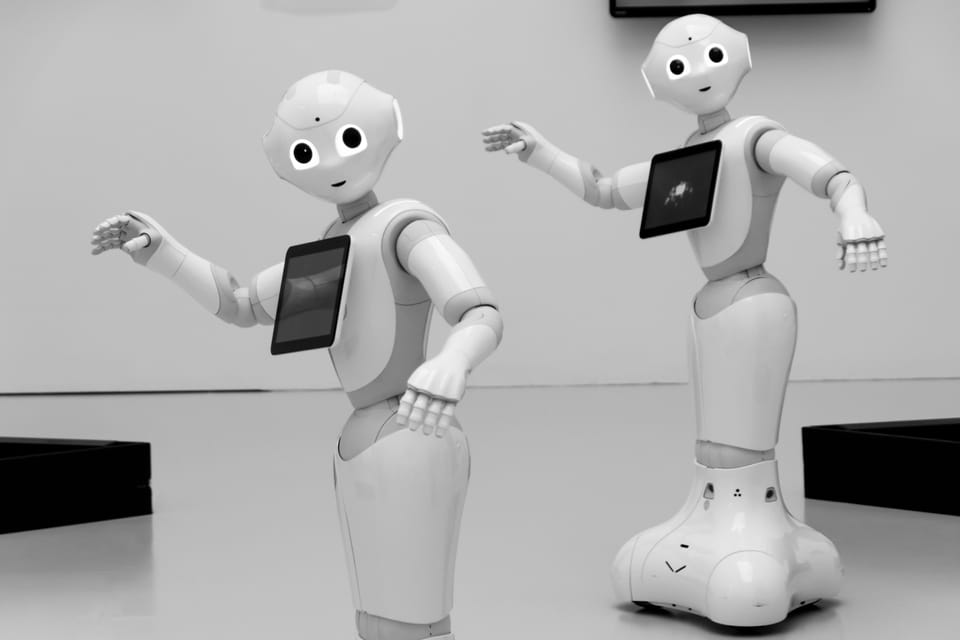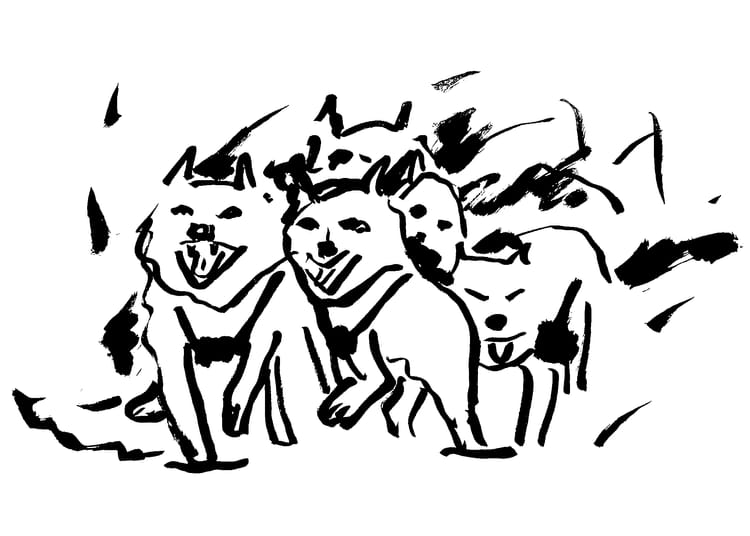"Where's Daddy" or Ghost Bat? The 11 Cutest AI Military Killing Programs

Lavender
Israel
"Formally, the Lavender system is designed to mark all suspected operatives in the military wings of Hamas and Palestinian Islamic Jihad (PIJ), including low-ranking ones, as potential bombing targets . . . [During] the first weeks of the war, the army almost completely relied on Lavender, which clocked as many as 37,000 Palestinians as suspected militants — and their homes — for possible air strikes.
"Where's Daddy?"
Israel
"...each time the pace of assassinations waned, more targets were added to systems like Where’s Daddy? to locate individuals that entered their homes and could therefore be bombed. He said that the decision of who to put into the tracking systems could be made by relatively low-ranking officers in the military hierarchy.
...
The sources who spoke to +972 and Local Call explained that there was sometimes a substantial gap between the moment that tracking systems like Where’s Daddy? alerted an officer that a target had entered their house, and the bombing itself — leading to the killing of whole families even without hitting the army’s target. “It happened to me many times that we attacked a house, but the person wasn’t even home,” one source said. “The result is that you killed a family for no reason.”
GhostPlay
Germany
"At the heart of the platform, internally dubbed a metaverse for the Bundeswehr, or German military, lies a kind of supercharged artificial intelligence engine built on self-learning and enhanced autonomy, according to Yvonne Hofstetter, the CEO of 21strategies. The German company, whose proprietary technology is already deployed by traders in the financial industry, leads the GhostPlay project along with local sensor specialist Hensoldt, the Bundeswehr University Hamburg, and Switzerland-based Borchert Consulting and Research."
Replicator
United States
"The Pentagon and military tech industry are going into overdrive in a massive effort to scale out existing technology in what has been the Replicator initiative. It envisions a future force in which fully autonomous systems are deployed in flying drones, aircraft, water vessels and defense systems—connected through a computerized mainframe to synchronize and command units.
While autonomous systems have been used for decades in some form, such as automatic defensive machine guns, Replicator is designed to produce swarms of AI-powered drones and flying or swimming craft to attack targets."
Maven
United States
"One of the Pentagon’s best-known artificial intelligence initiatives is called Project Maven, which launched in 2017 as an effort to bolster collaboration between Silicon Valley and the Defense Department, increasing the use of commercial technology for a broad range of defense aims."
Ghost Bat
Australia
"The Ghost Bat uncrewed aircraft is a pathfinder for the integration of autonomous systems and artificial intelligence to create smart human-machine teams. It is the result of an exciting collaboration between Air Force and Boeing Australia.
The Ghost Bat will have a range of more than 3,700 kilometres and has been designed to fly as a partner with crewed Air Force platforms. It enables Defence to investigate factors such as the level of automation and autonomy, use of artificial intelligence, and human machine teaming concepts that will ensure Australia’s legal and ethical obligations are met.
More than 35 Australian companies have contributed to the Ghost Bat program. It is the first military combat aircraft to be designed, engineered and manufactured in Australia in more than 50 years."
Linchpin
"The Army today announced an initial award to Booz Allen Hamilton and Red Hat for Project Linchpin, the service’s first program of record to help build out a trusted artificial intelligence (AI) and machine learning (ML) pipeline.
'With a combined value of up to $2M, this contract will support research efforts for Project Linchpin with specific regard to the principles of Traceability, Observability, Replaceability, and Consumability (TORC),' according to the announcement. 'The TORC framework seeks to ensure model and data integrity, data openness, and modular open system architecture (MOSA) design.'"
Task Force Lima
United States
""The establishment of Task Force Lima underlines the Department of Defense's unwavering commitment to leading the charge in AI innovation," Hicks said. "As we navigate the transformative power of generative AI, our focus remains steadfast on ensuring national security, minimizing risks, and responsibly integrating these technologies. The future of defense is not just about adopting cutting-edge technologies, but doing so with foresight, responsibility, and a deep understanding of the broader implications for our nation."
Led by the Chief Digital and Artificial Intelligence Office (CDAO), Task Force Lima will assess, synchronize, and employ generative AI capabilities across the DoD, ensuring the Department remains at the forefront of cutting-edge technologies while safeguarding national security.:
Machina
United States
"An operational prototype called Machina used by Space Force keeps tabs autonomously on more than 40,000 objects in space, orchestrating thousands of data collections nightly with a global telescope network.
Machina’s algorithms marshal telescope sensors. Computer vision and large language models tell them what objects to track. And AI choreographs drawing instantly on astrodynamics and physics datasets, Col. Wallace ‘Rhet’ Turnbull of Space Systems Command told a conference in August."
Motherlode
United Kingdom
"The [Ministry of Defence] . . . gave an update on the introduction of a new helicopter support software tool that uses AI to improve maintenance and availability.
The software program, known as Motherlode, is capable of analyzing historical data tailored to environmental and aircraft-specific conditions to more accurately predict equipment failures.
Previously lengthy problem-solving tasks now take just seconds, the MoD said in a statement. The full capability will be rolled out by the end of the year across all Royal Navy helicopters, including the Wildcat and Merlin fleets.
'This is just the beginning of the AI journey for the Fleet Air Arm. There are multiple use cases being explored, leveraging AI to enhance our data exploitation capabilities to maximise aircraft availability for frontline operations,' Cmdr. Nicholas Almond, who leads the 1710 Naval Air Squadron of the Royal Navy’s Fleet Air Arm, said in the statement."
Marker
Russia
"Marker is an anti-tank robotic unmanned ground vehicle (UGV) developed by Androidnaya Tekhnika, a robotics company based in Russia, to provide reconnaissance and destroy enemy targets.
Androidnaya Tekhnika was commissioned by Russian research and development organisation Advanced Research Foundation to develop the Marker UGV. Work on the platform’s development began in March 2018. Five autonomous robotic platforms were developed within the project framework, two of which were tracked and three of which were wheeled."




Comments ()